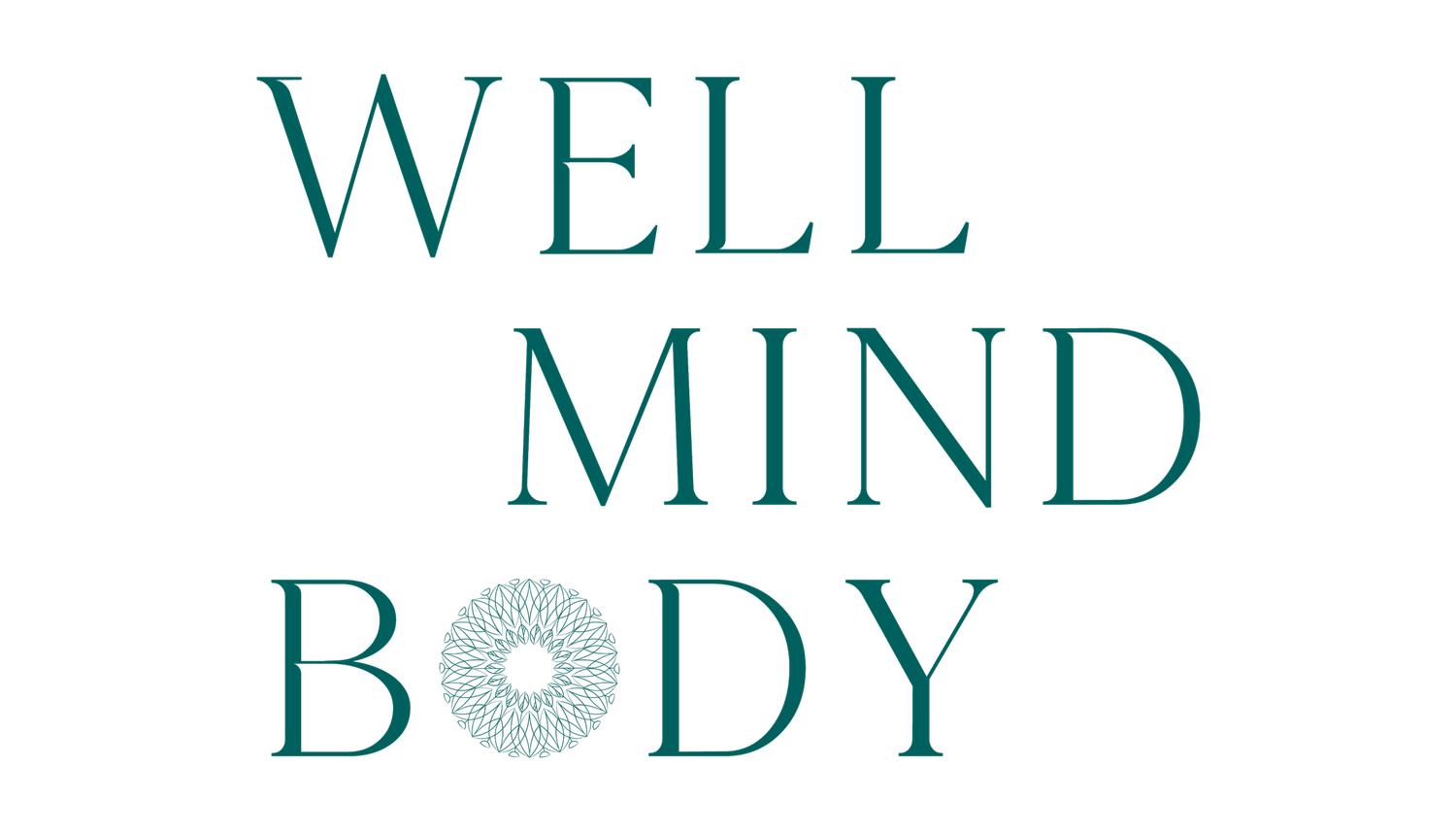Understanding Your Attachment Style Can Be a Powerful Tool for Personal Growth
The quality of our relationships with our earliest caregivers shapes our attachment style. Each attachment style is believed to emerge in response to specific caregiving behaviors.
Secure Attachment – develops when caregivers are consistently responsive, emotionally available, and attentive to the child’s needs.
Anxious Attachment – arises from when the child experiences unpredictability in emotional availability and connection.
Avoidant Attachment – is linked to caregivers who are emotionally distant, overly strict, and intolerant of emotional expression, encouraging independence at the expense of connection.
Fearful-Avoidant Attachment – often results from traumatic experiences, such as physical, verbal or sexual abuse during childhood.
Attachment styles profoundly influence adult relationships and shape how we experience trust, intimacy, and conflict. When you understand your attachment style it allows you to recognize patterns in your relationships and work towards healthier interactions.
Partners with different attachment styles often face challenges such as miscommunication, conflicting needs and difficulties developing trust. Often intentions are misunderstood and this creates confusion and instability in relationships. Different attachment needs can manifest as inconsistent responses to conflict. For example, an anxious partner might seek immediate reassurance while an avoidant partner withdraws.
Discussing attachment styles with each other can foster empathy and understanding while leading to improved communication. Clear expression of needs and the use of the “I” statements can help reduce defensiveness and promote constructive dialogue. Validation (acknowledging and accepting each other’s feelings) will further strengthen the bond. Ultimately, the goal is to build a secure base where both partners feel values and understood.
Therapy can help one develop self-reflection and help a person develop secure attachment behaviors which will improve relationship dynamics and overall emotional well-being. Individual or couples counseling can provide valuable insight and tools for growth and healing.
Reference:
Benoit D. Infant-parent attachment: Definition, types, antecedents, measurement, and outcome. Paediatr Child Health. 2004 Oct.
